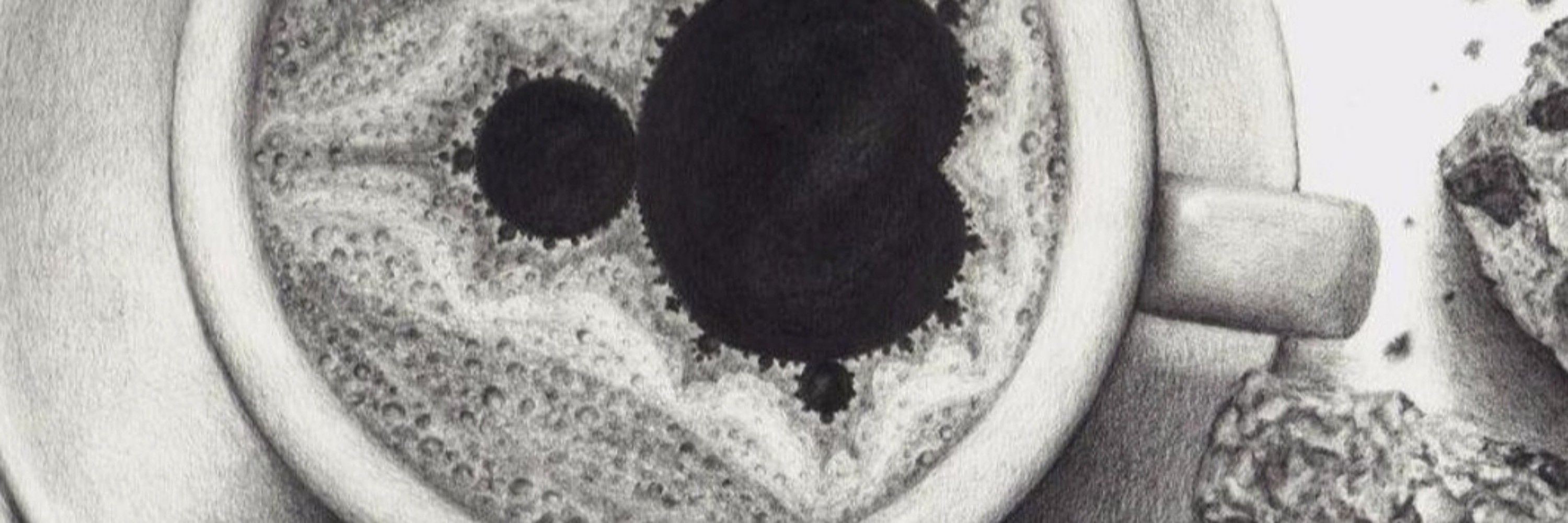
MonteCarlo methods, probabilistic models, Inverse Problems, Optimization
https://alexxthiery.github.io/
"Nested sampling for physical scientists"
arxiv.org/abs/2205.15570

"Nested sampling for physical scientists"
arxiv.org/abs/2205.15570
by Robert Salomone, Leah F. South, Christopher Drovandi, Dirk P. Kroese, Adam M. Johansen
arxiv.org/abs/1805.03924

by Robert Salomone, Leah F. South, Christopher Drovandi, Dirk P. Kroese, Adam M. Johansen
arxiv.org/abs/1805.03924
"Sequential Monte Carlo approximations of Wasserstein--Fisher--Rao gradient flows"
by Francesca R. Crucinio, Sahani Pathiraja
arxiv.org/abs/2506.05905

"Sequential Monte Carlo approximations of Wasserstein--Fisher--Rao gradient flows"
by Francesca R. Crucinio, Sahani Pathiraja
arxiv.org/abs/2506.05905
"Upper Bounds for the Connective Constant of Self-Avoiding Walks" by Sven Erick Alm
www.cambridge.org/core/journal...
"Upper Bounds for the Connective Constant of Self-Avoiding Walks" by Sven Erick Alm
www.cambridge.org/core/journal...
arxiv.org/pdf/1607.02984
arxiv.org/pdf/1607.02984
"Algebraic Techniques for Enumerating Self-Avoiding Walks on the Square Lattice"
arxiv.org/abs/hep-lat/...
"While we consider it would be fortuitous if this were the true value of the critical point, it nevertheless provides a useful mnemonic" 🙂

"Algebraic Techniques for Enumerating Self-Avoiding Walks on the Square Lattice"
arxiv.org/abs/hep-lat/...
"While we consider it would be fortuitous if this were the true value of the critical point, it nevertheless provides a useful mnemonic" 🙂
chatgpt.com/share/67e8ec...

chatgpt.com/share/67e8ec...

